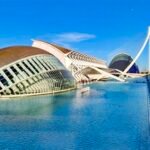Nestled between France and Spain, there is a tiny nation called Andorra. As one of the smallest countries in the world, Andorra covers an area of approximately 468 square kilometers and has a population of about 80,000 people. The country is divided into seven administrative districts, with its capital being Andorra la Vella. The Valira River (el río Valira) flows through the heart of the city.
The origins of Andorra are debated, but it is widely believed that it was established in the 9th century by the Carolingian Empire as a buffer state to prevent Moorish incursions. Since 1278, Andorra has been under the shared rule of France and Spain, which hold joint administrative and religious authority over the country. For centuries, neighboring countries frequently clashed over control of Andorra. In 1993, a referendum approved a constitution, and Andorra officially became a member of the United Nations. The country has no military, relying on France and Spain to handle its defense, with only a local police force in operation.
Andorra, lacking an airport, can only be accessed from France or Spain. Driving offers travelers more freedom, but buses are also a popular option. A direct bus from Barcelona to Andorra takes about three hours. The bus may stop at the border for customs inspections, which are conducted randomly.
Despite its small size, Andorra boasts a thriving tourism, commercial, and financial sector. In the 1950s, the service industry replaced traditional agriculture as the backbone of the country’s economy.

Summer Getaway and Shopping Paradise
Most visitors to Andorra can hardly resist the temptation to shop, embarking on a spree of “buy, buy, buy.”
Since Andorra is tax-free, the original prices are already more competitive than in other European countries. If you happen to visit during the sale season, it becomes nearly impossible to resist. With unbeatable prices, Andorra naturally earns its title as Europe’s “shopping paradise.”
The capital, Andorra la Vella, is filled with shops along the main streets and in the city center. From watches and electronics to cosmetics, sunglasses, alcohol, and tobacco, stores of all kinds line the streets, one after another. The dazzling variety and bright displays are designed to catch the attention of every passerby.

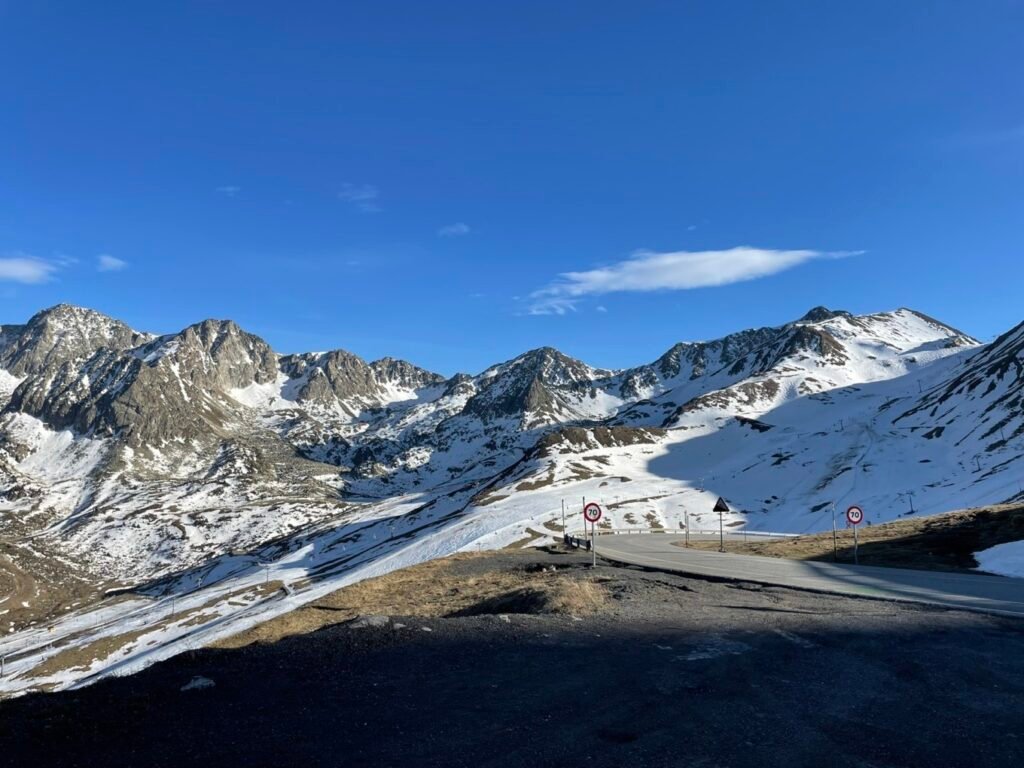
I stayed at Aparthotel el Serch in Andorra. The streets in Andorra follow the valley, so you’ll eventually find it. The place costs less than a hundred bucks a night and offers a one-bedroom apartment with a kitchen. The conditions are comparable to Hilton hotels. The view of the capital from the window is unbeatable. Prices are much lower than in France, so staying in Andorra is quite affordable. The only downside is parking; you need to be extra careful as the garage is deep underground with narrow spaces and columns, making it easy to scrape your car.
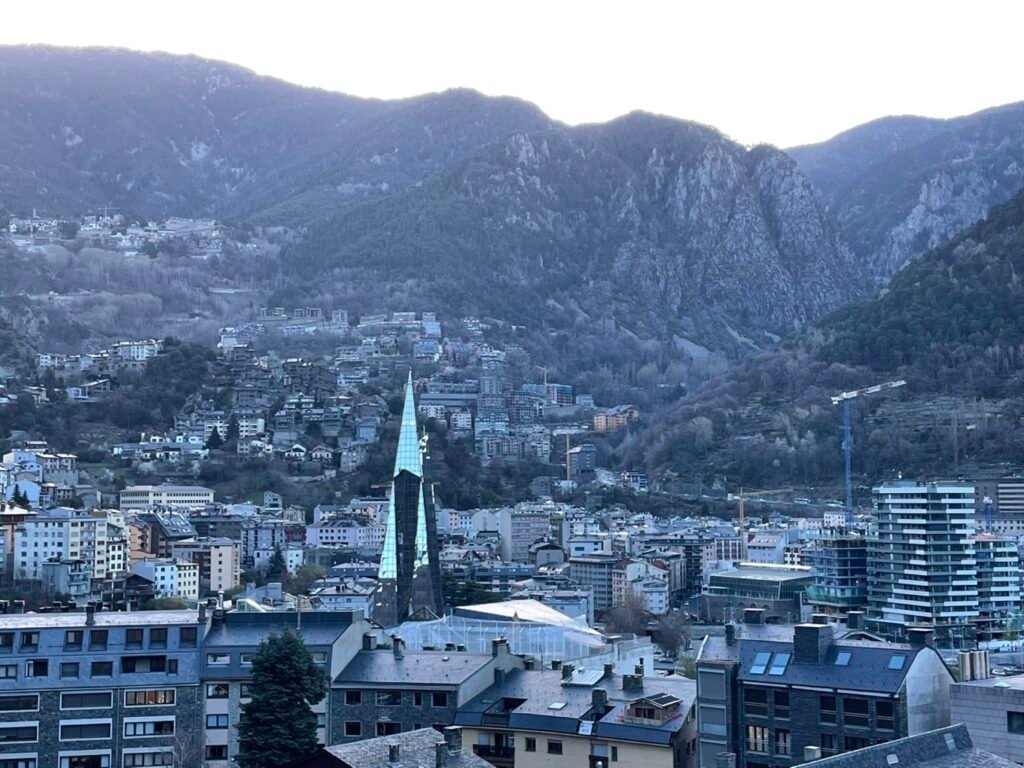
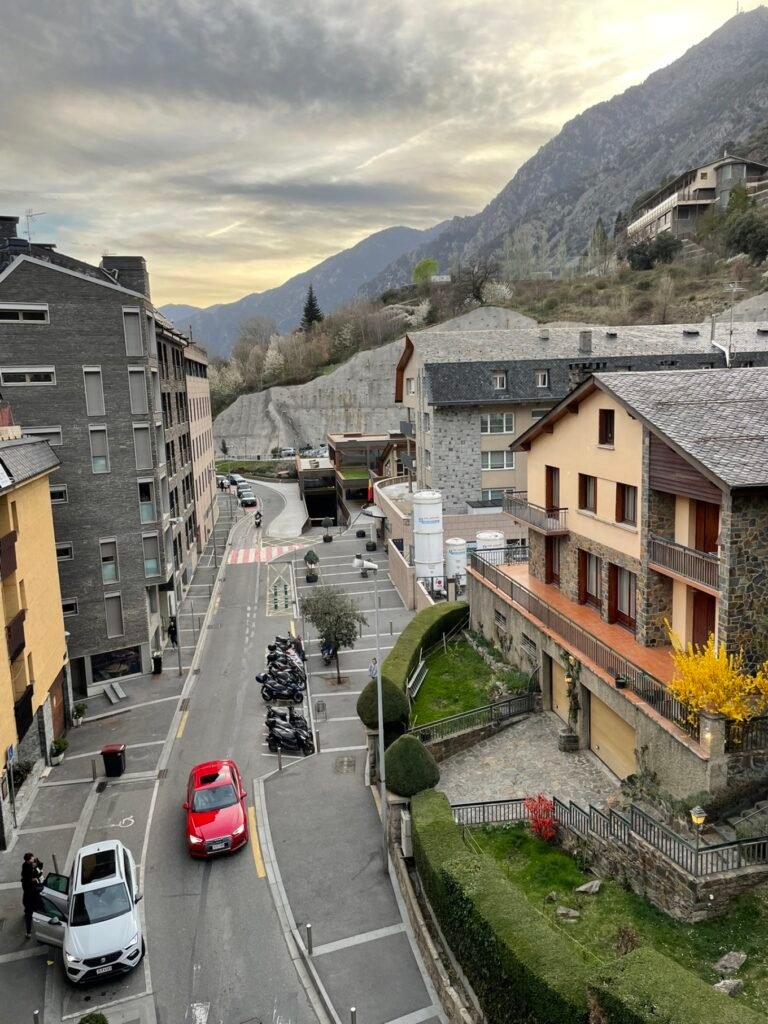
The town is filled with small rivers with rushing water, and there’s still a lot of snow on the mountains, probably won’t melt until summer. The locals live right next to the rivers, which flow quickly, so I guess they fall asleep to the sound of the roaring water.

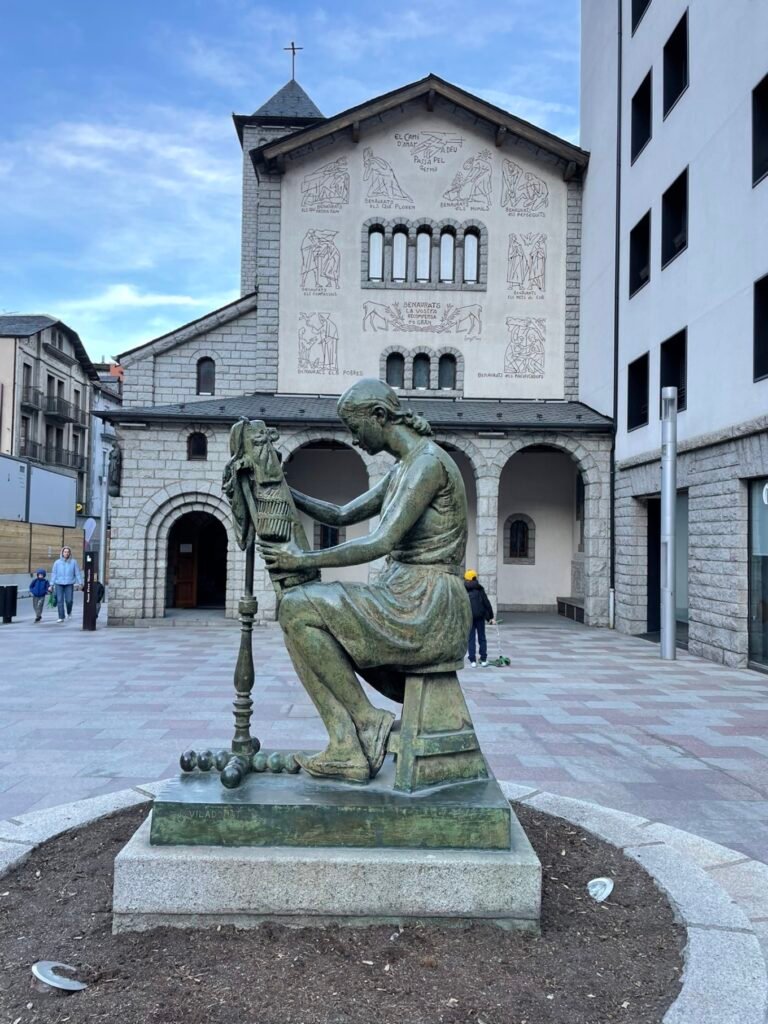
Natural Hot Springs and SPA Retreat
Nestled in the Pyrenees, Andorra may be small in size, but it is rich in well-preserved natural resources. The country boasts at least 35 natural springs, most with temperatures exceeding 70°C, and rich in minerals such as potassium, calcium, sulfur, and magnesium. These natural springs are one of Andorra’s most valuable resources.
Andorra la Vella is home to one of the largest thermal spa centers in Europe—Caldea. It’s a must-visit destination for travelers, especially in winter.
Located in the heart of the city, Caldea Thermal Spa has become a well-known landmark with its modern architectural design. The center, completed in 1994, is the work of French architect Jean Michel Rouls. The building features smooth, flowing lines and a shimmering exterior, incorporating advanced technologies such as waterproof materials, low-emission reflective glass, and geothermal systems to maintain the water temperature between 32°C and 34°C throughout the year.
During the day, visitors can enjoy the thermal baths under the sun, while at night, the spa offers light shows and multimedia exhibitions, adding a unique touch of charm to the experience.
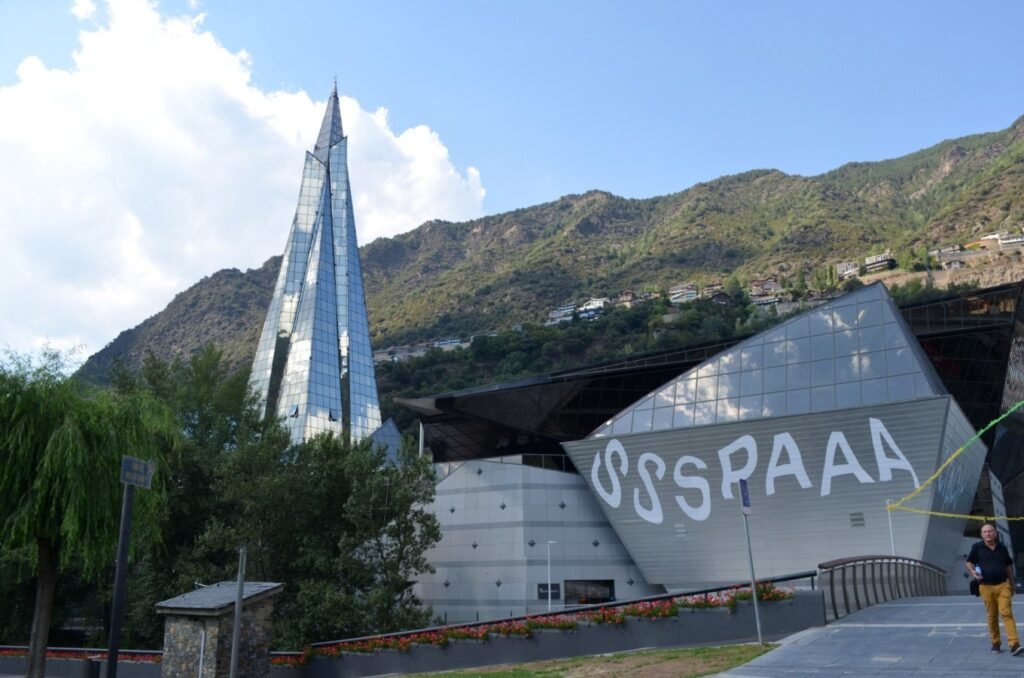

The capital of this tiny nation, Andorra la Vella, is quite small. For most visitors, it takes just half a day to explore the city center. The Valira River, flowing through the city, naturally guides visitors along its simple layout.
The Pont de París (Paris Bridge), completed in 2006, spans 13 meters and features two steel spheres with a diameter of 2.2 meters. This structure represents avant-garde artistic design and serves as one of Andorra’s iconic landmarks.
Near the Paris Bridge stands another notable attraction—The Nobility of Time sculpture by the renowned Spanish surrealist artist Salvador Dalí. This artwork was donated to the Andorran government by Enric Sabater, Dalí’s agent from 1968 to 1982, and now sits proudly in a central square of the capital. It draws many visitors who come to admire the sculpture and take photos with it.
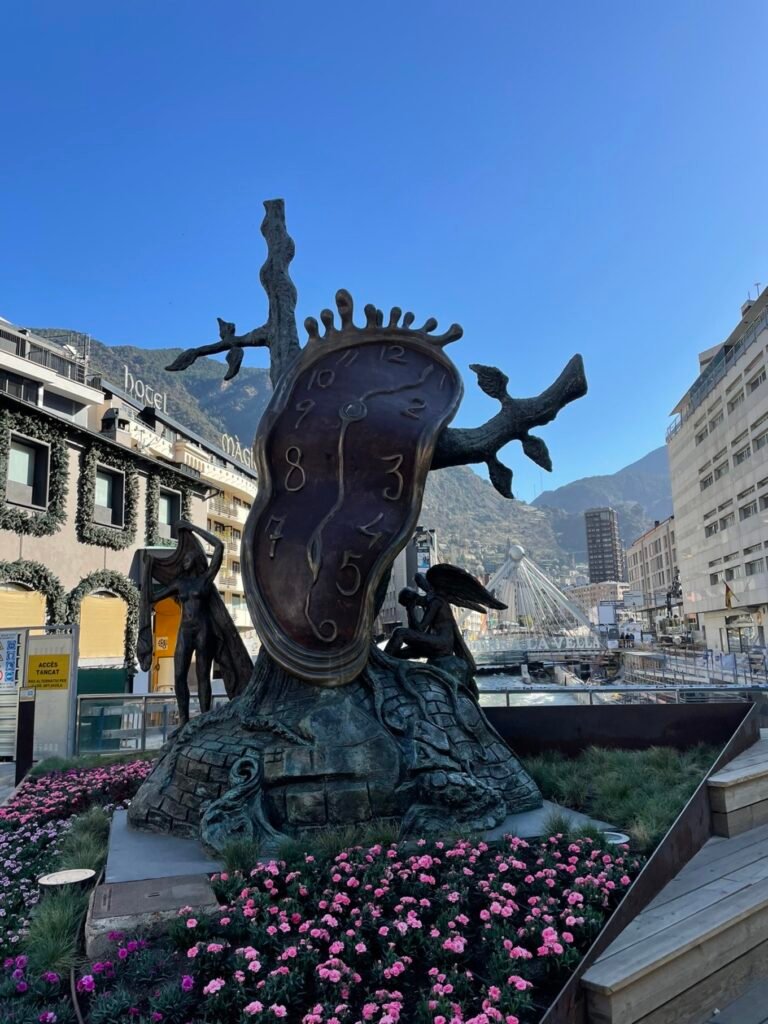
Ski Resort and Winter Wonderland
In addition to its exceptional hot springs, Andorra’s mountains are among its greatest natural assets.
Nestled within the Pyrenees, Andorra is filled with high mountains and deep valleys, with an average elevation of around 1,100 meters, making it one of the highest-altitude countries in Europe. Due to its mountainous climate, winters are cold and long, with snow covering the peaks for up to eight months of the year. This makes Andorra a well-known paradise for skiing enthusiasts. At the end of a day on the slopes, soaking in a hot spring to ease the tired muscles is one of life’s greatest pleasures.
During summer, the mountains transform into a refreshing retreat, with lush greenery and charming mountain lodges scattered across the landscape. Andorra is also a prime destination for hiking enthusiasts, offering a variety of trails—both long and short, easy and challenging—allowing hikers from around the world to enjoy the beauty of the Pyrenees at their own pace.
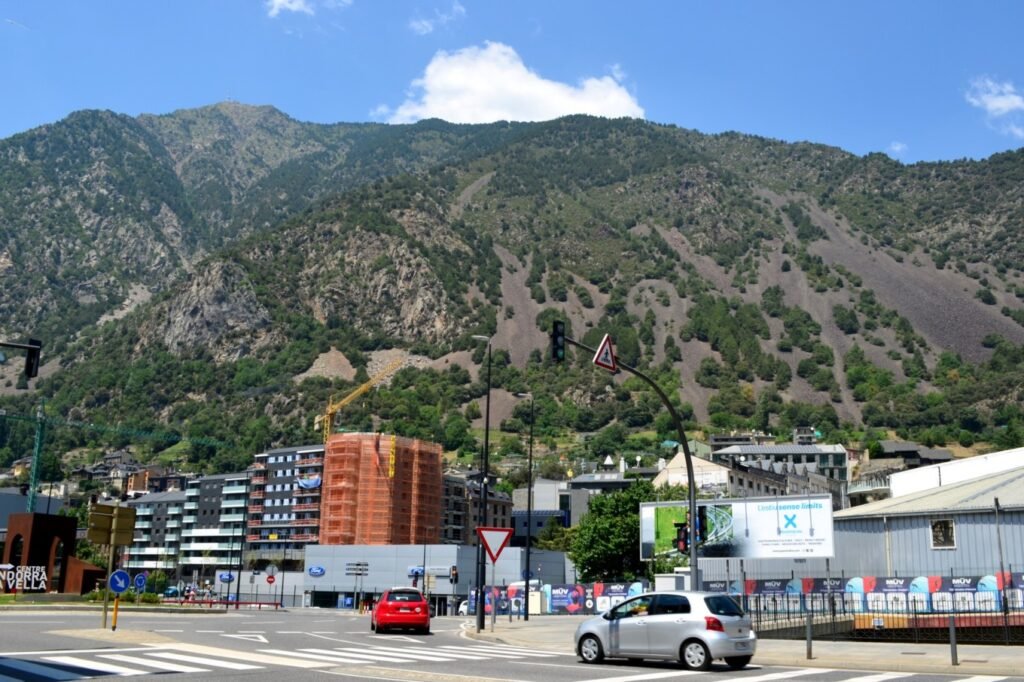
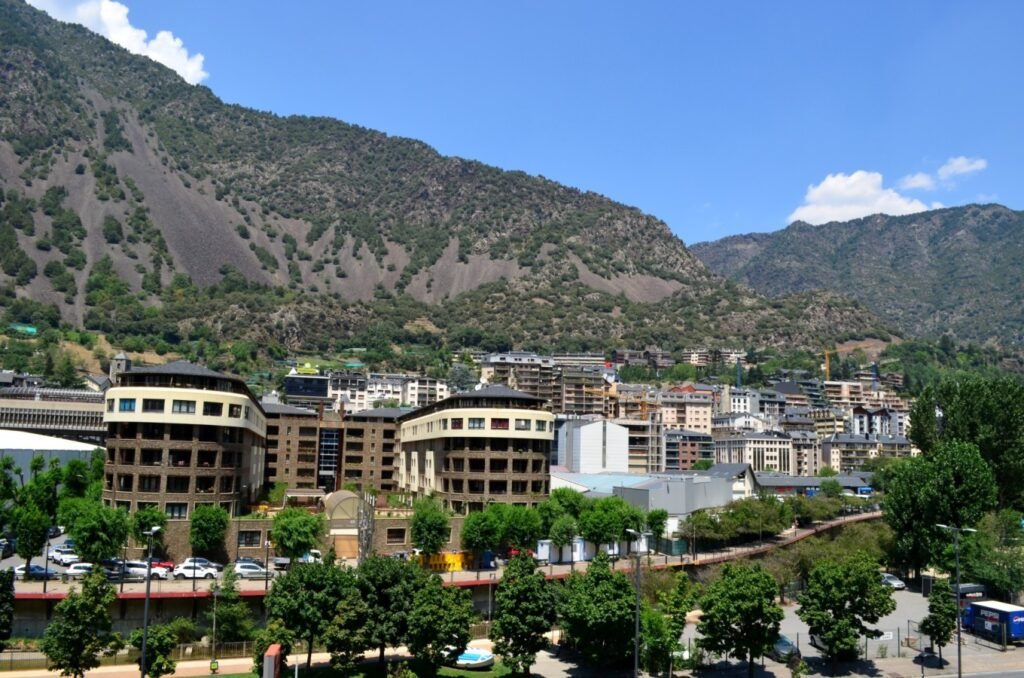
Although Andorra’s international reputation and influence are limited, it has its own history and stories to tell.
In Andorra la Vella, there is a stone house called La Casa de la Vall, which translates to “The House of the Valley” in English. It is one of the treasures listed in Andorra’s cultural heritage registry. Built in the late 16th century, it originally served as a manor house and defense tower for the Busquest family. In 1702, the house was acquired by Andorra’s General Council, serving as the council’s headquarters until 2011.
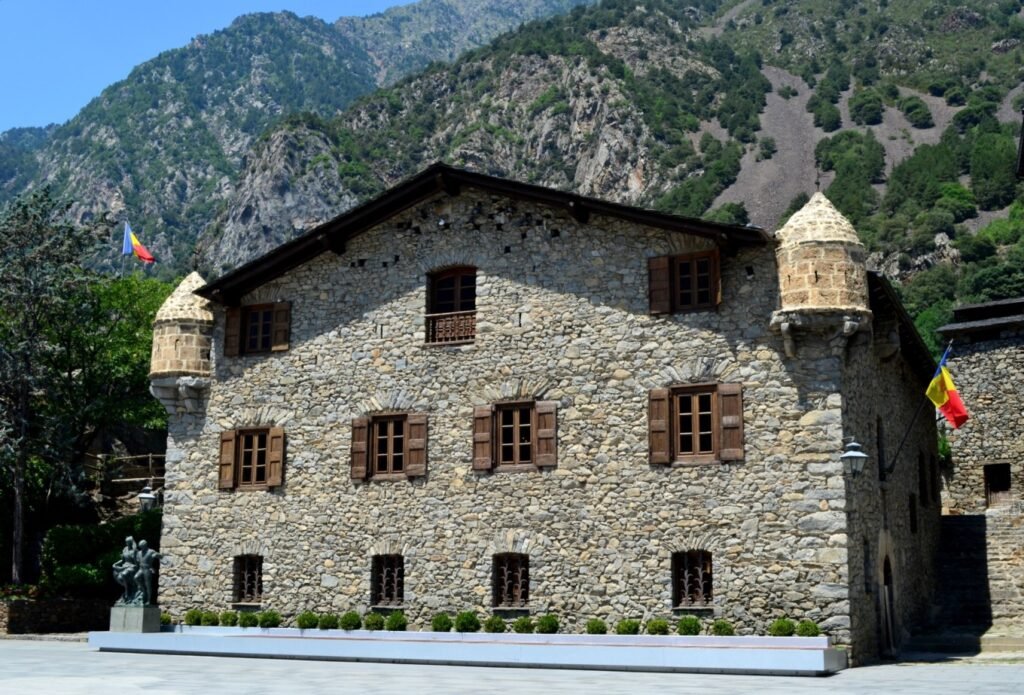
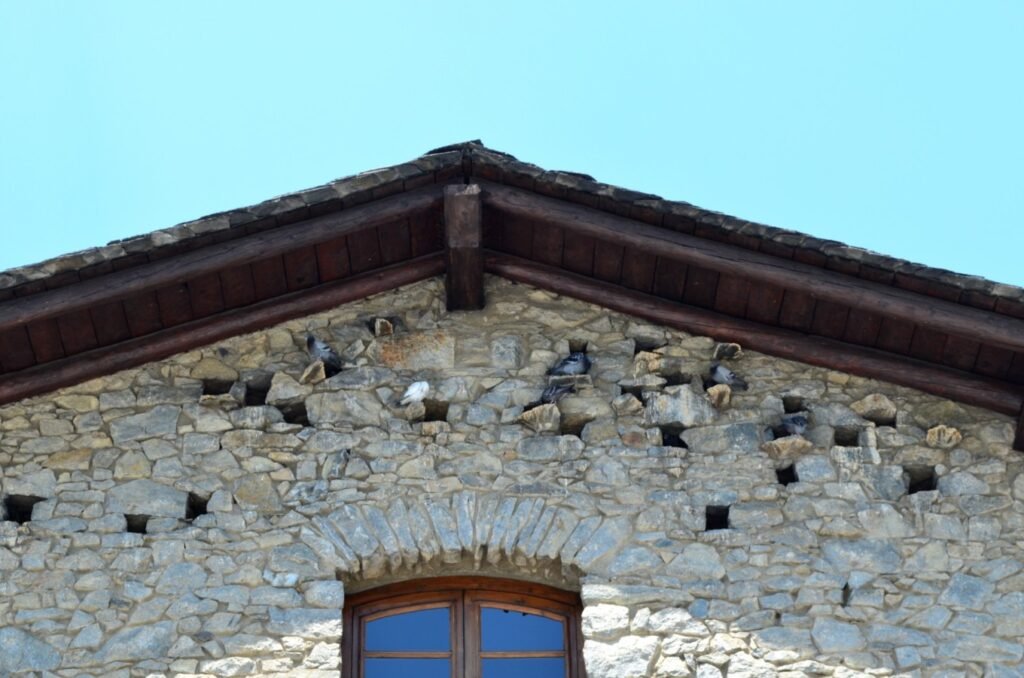
The gaps between the bricks and stones under the eaves of La Casa de la Vall have become a resting place for pigeons. I couldn’t help but wonder what these gaps were originally used for—perhaps for lookout purposes or to store weapons. La Casa de la Vall is now open to the public and is one of the few historical and cultural sites in this small country.
The house has three floors and represents a typical 16th-17th century Catalonian farmhouse style. The original walls were made of granite bound with mortar, covered with a layer of lime plaster that was removed during renovations in 1962. The original flooring, made of wood, was also replaced during the same renovation. Over the centuries, La Casa de la Vall has undergone several modifications due to functional changes, maintenance, and technological updates, with the most recent renovation completed in December 1999, including the installation of new lighting systems inside and outside the building.
The interior preserves many of the original layouts and features, such as the manor house’s old kitchen and the meeting hall of Andorra’s General Council. At the entrance, visitors can rent audio guides in multiple languages, allowing them to explore the site while learning about its rich history.
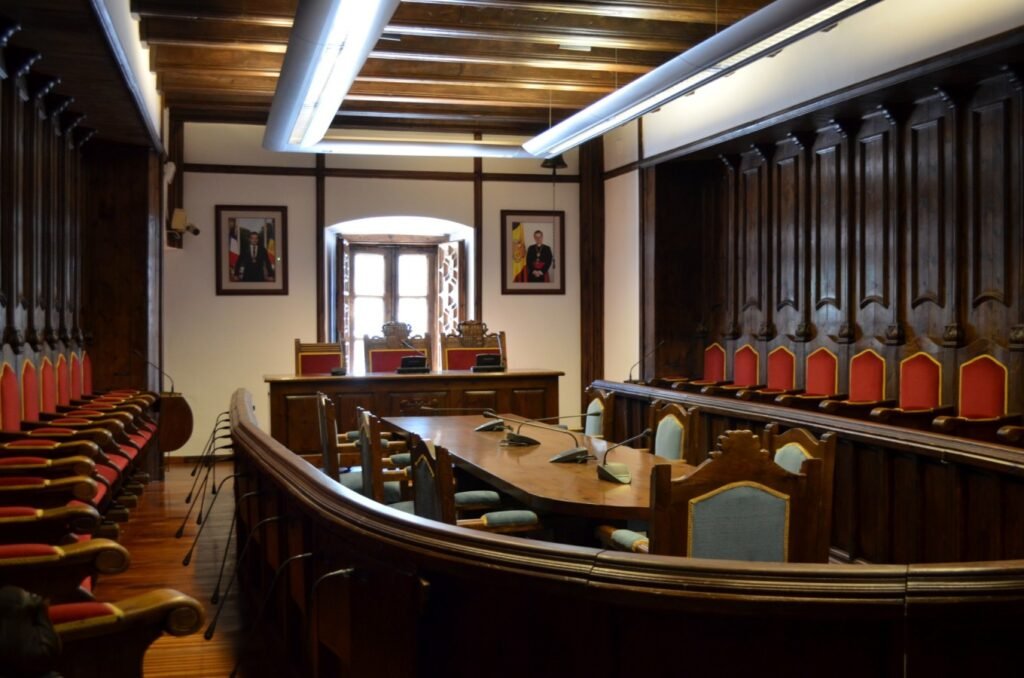

Culinary Fusion of Andorra
Situated on the border between France and Spain, Andorra’s cuisine reflects a blend of both cultures.
Due to the cultural and linguistic similarities, many restaurants in Andorra serve dishes from the Catalonia region, and Spanish tapas are readily available everywhere. As a tourism-focused nation, Andorra also offers a wide variety of international cuisines. Visitors can find Italian pasta and pizza, Argentinian barbecue, and even Chinese noodles and hot pot.
Although these international cuisines may not be entirely authentic, the fact that such a small country hosts such a diverse range of restaurants is impressive. This culinary diversity highlights Andorra’s status as a major tourist destination.
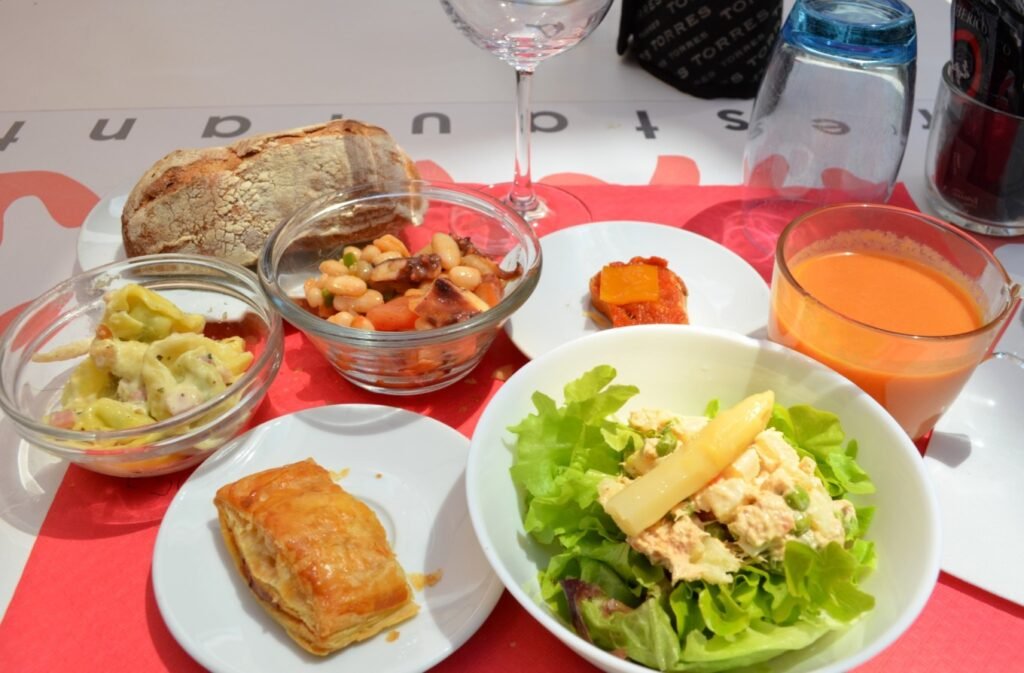
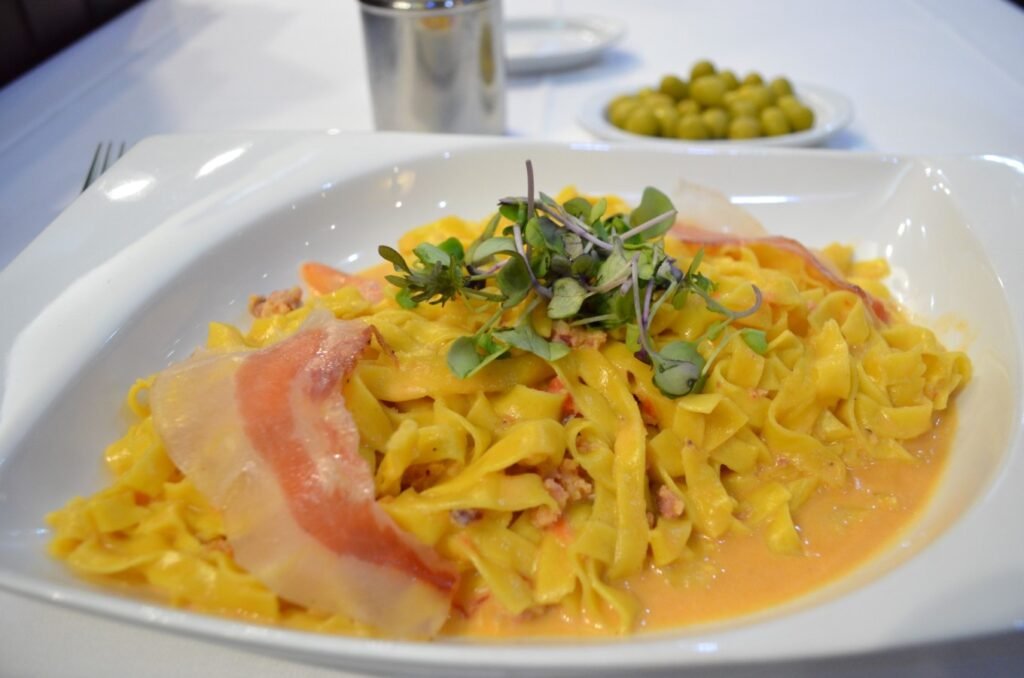

Travel Tips (non-commercial recommendations)
Transportation:
In addition to driving, you can take buses from Spain and France to reach Andorra. Direct buses run from Toulouse in France and Barcelona in Spain to the capital of Andorra. The capital is small enough to explore on foot, but for mountain areas or distant attractions, driving is recommended.
Documents:
Make sure to carry your passport and a valid visa (or residence card). Border officials may check these upon entry.
Climate:
Andorra experiences cold winters and cool summers, with significant temperature changes throughout the day during warmer months, so remember to dress in layers.
Shopping:
There is a wide variety of shops in the city center. Be sure to compare prices before making a purchase. Each adult has a 900-euro duty-free shopping limit, so keep your receipts in case of checks at the border.
Network:
Since Andorra is not part of the European Union, EU SIM cards will incur high roaming charges. It is recommended to either purchase a local SIM card or activate a roaming package. The capital’s main streets offer some public Wi-Fi, though it may not be very stable.
La Casa de la Vall (The House of the Valley):
Tickets are available on-site, with student discounts offering half-price tickets. Audio guides are provided free of charge. Note that the building does not have Wi-Fi, and it closes for a lunch break, so plan your visit accordingly.
Caldea Thermal Spa:
It is recommended to book tickets online to enjoy lower prices than at the ticket office. The website offers various discounts and packages, including seasonal offers, as well as bundles with nearby hotels and restaurants. Swimwear is required for entry—bring your own, or purchase from the souvenir shop. Slippers, bathrobes, and towels can be rented, though these are provided free for INÚU guests.
Caldea INÚU tickets are more expensive than standard Caldea access, but they allow unrestricted entry to all areas. The INÚU section is quieter and more private, catering to guests aged 16 and above. Additionally, a variety of massage and sauna services are available—advance booking and payment are required.
Dining:
Many restaurants in Andorra close during the afternoon. If you miss meal hours, try Pampa Andorra (a barbecue spot near the bus station) or La Tagliatella (an Italian restaurant with extended hours).

